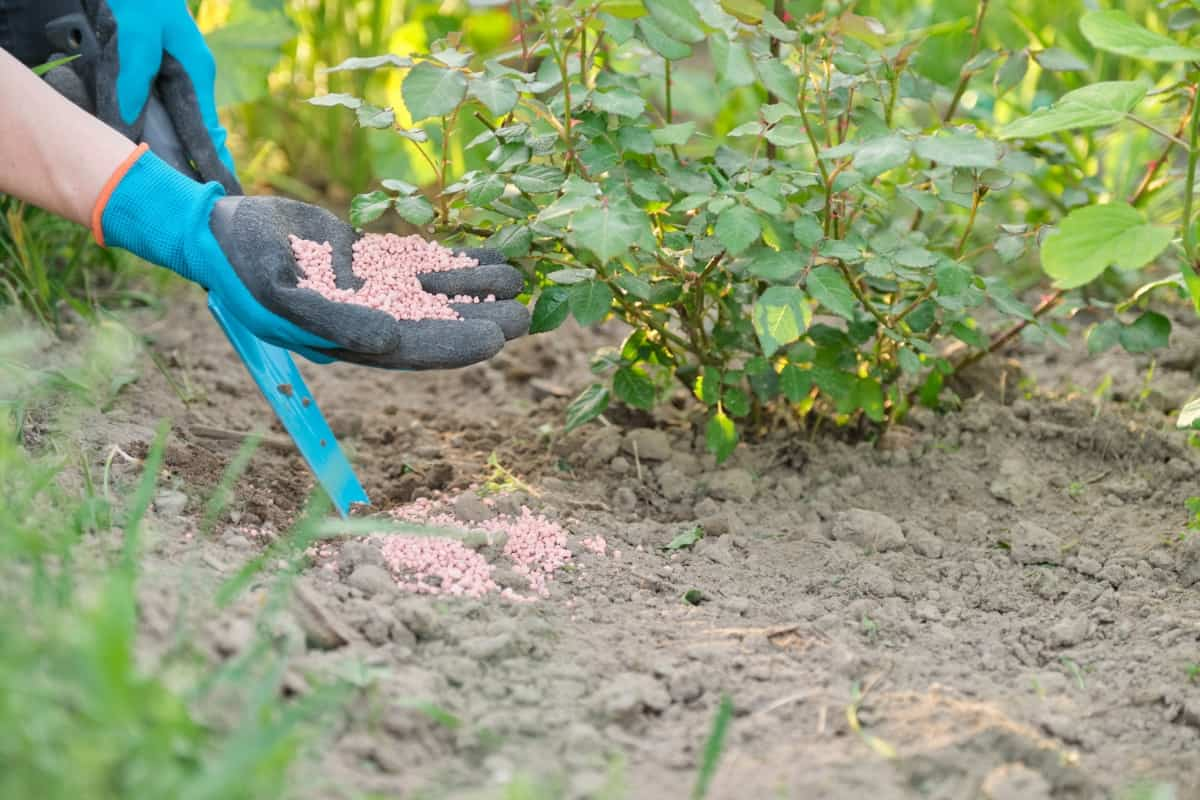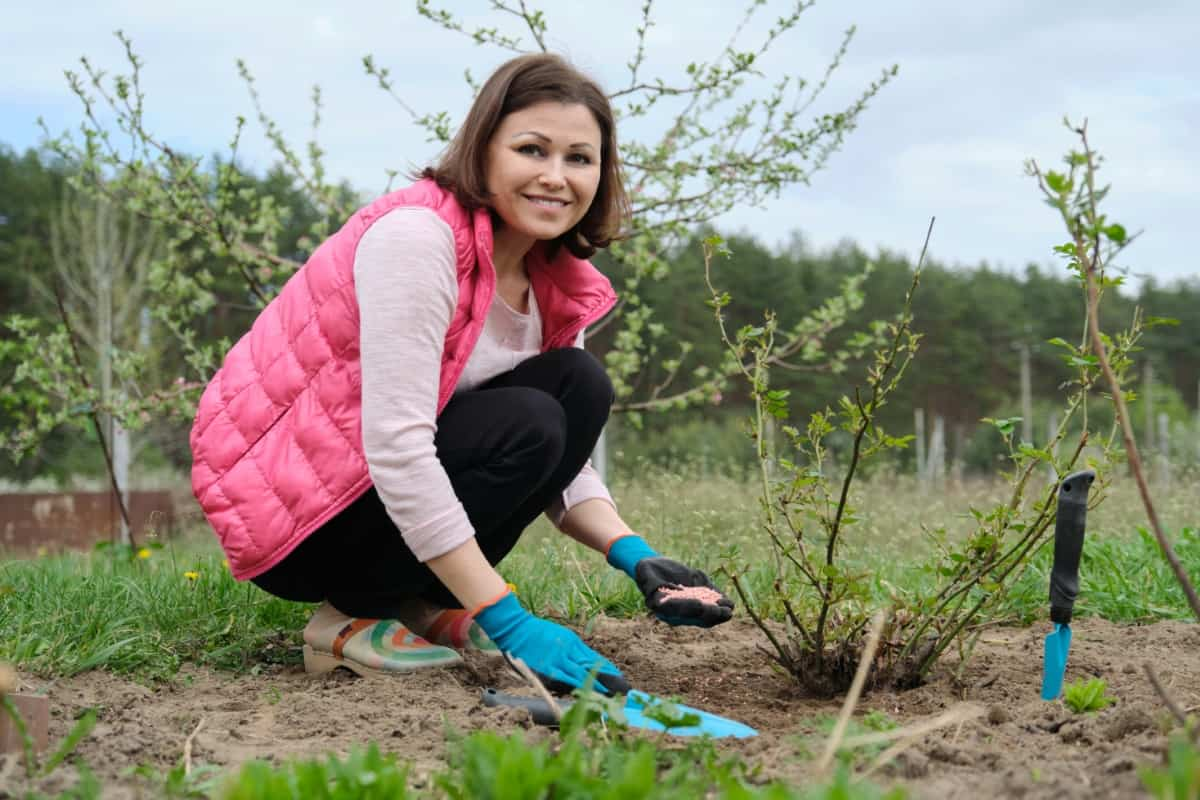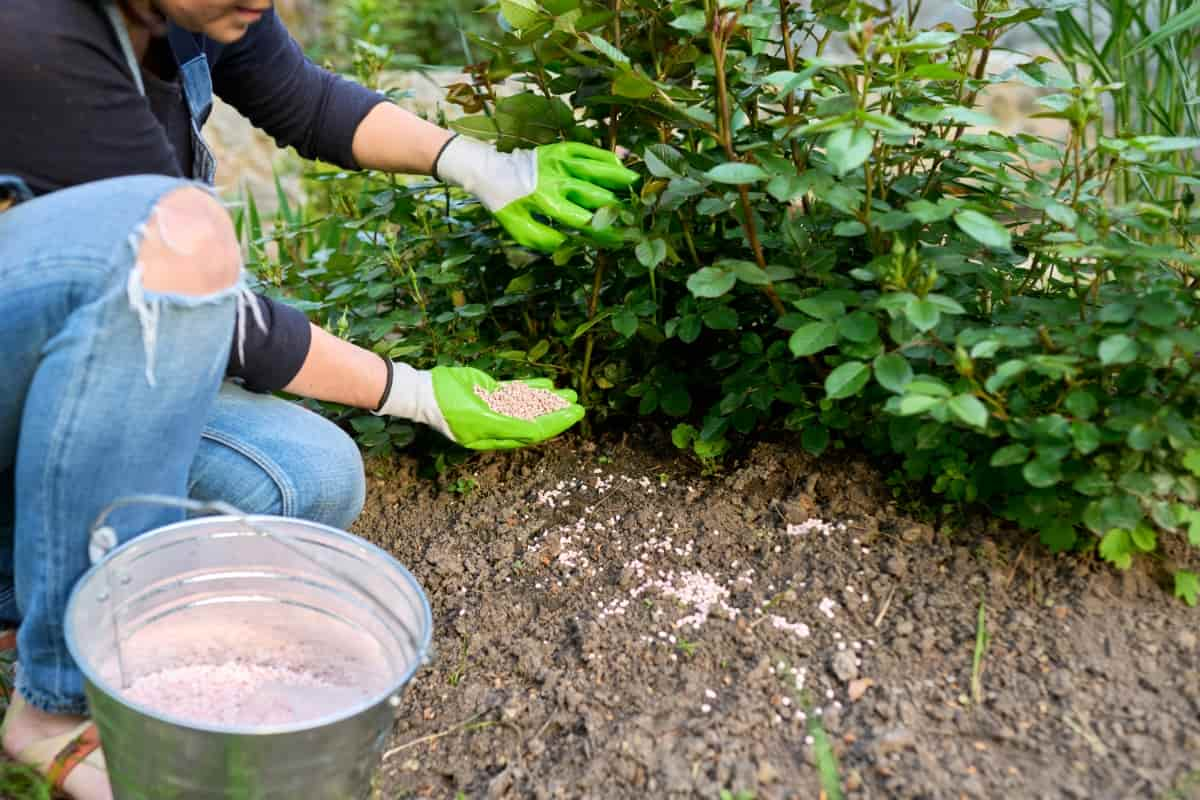Roses are among the most beautiful flowering plants, yet they scare many new gardeners. However, rose growth for beginners need not be difficult. With proper care, anybody can grow lovely roses. Among the key aspects of growing roses is understanding their nutrient requirements and how to supply them. This comprehensive guide will explore the best fertilizer for roses, including the optimal NPK ratios, the benefits of homemade and organic fertilizers, and the best fertilizer after pruning.

Best Fertilizer for Roses
Understanding Nutrient Needs for Roses
Roses require a balanced diet of nutrients to thrive – Nitrogen (N), Phosphorus (P), and Potassium (K), often referred to as NPK. Nitrogen helps promote healthy foliage, Phosphorus is key for root development and flower production, and Potassium enhances overall plant health and disease resistance. The NPK ratio for roses is generally recommended to be 1:2:1. For every part of nitrogen and Potassium; you should have two parts of phosphorus. However, different stages of growth may require slight adjustments to this ratio.
Commercial Fertilizers
Commercial fertilizers are readily available and offer a consistent, balanced supply of nutrients. They come in various forms: granules, spikes, liquid, or slow-release capsules. Look for a product with a balanced NPK ratio suitable for roses, such as 10-20-10 or 5-10-5. Follow the manufacturer’s instructions on when and how much to apply.
Best Fertilizer After Pruning
Pruning is vital to maintaining roses, usually in early spring or late winter. After pruning, roses need a boost to encourage growth. A balanced, slow-release fertilizer with a higher first number (indicating a higher percentage of nitrogen) is best for this stage. An NPK ratio of 10-6-4 or 12-6-6 can work wonders in rejuvenating your roses after pruning. Nitrogen will help to stimulate new leaf growth, which is the primary focus after a pruning session.
Organic Fertilizers
Organic fertilizers are a fantastic option for those who prefer a natural approach to gardening. They come from living things or inorganic materials. In addition to supplying vital nutrients, they enhance the soil’s structure and boost its capacity to retain water and nutrients.
Some excellent choices for organic fertilizers include bone meal, fish emulsion, cottonseed meal, blood meal, and alfalfa meal. Each has a unique NPK ratio, which can be combined or alternated to achieve a balanced nutrient supply. For instance, bone meal is rich in phosphorus, making it excellent for promoting flowering, while alfalfa meal provides a balanced supply of NPK.
In case you missed it: The Best Fertilizer for Magnolia: When and How to Apply

Homemade Fertilizer
Creating homemade fertilizer for roses can be both cost-effective and environmentally friendly. It also allows you to customize the nutrients to your roses’ needs. One popular homemade fertilizer is compost, which you can make using kitchen scraps, garden waste, and even coffee grounds.
Banana peels are another great homemade fertilizer due to their high potassium content. You can bury them around your roses; as they decompose, they’ll release Potassium into the soil. Eggshells, rich in calcium, are another excellent option. Crush them up and sprinkle them around your roses to help strengthen cell walls, promoting healthier plants.
Applying Fertilizers
For new roses, the first application should be made after the plants have been in the ground for 2-3 weeks. For established roses, the best time to start feeding is in the early spring when the leaves begin to emerge. Another feeding should follow after each flush of blooms throughout the growing season. It’s advisable to stop fertilizing about six weeks before your area’s first expected frost date, allowing plants to slow their growth and prepare for dormancy.
Fertiliser should be put around the plant’s base but not on its stem. The best place for the feeding area to end is at the plant’s drip line, which is the edge of the plant’s top where water drips to the ground. This is the location of the great majority of the feeder roots on the tree.
How much fertilizer to put on a rose bush relies on its type and size, as well as the number of nutrients in the fertilizer. You should always do what the maker says when using a business product. Start with a small amount of homemade or organic fertilizer and add more as needed, watching how the plant responds.
Maintaining Soil Health
Healthy soil is crucial for the effective utilization of fertilizers. Roses thrive best on soil that is somewhat acidic, with a pH between 6.0 to 6.5. Regularly testing your soil pH can help you understand if any adjustments are needed. You can raise the pH with lime or lower it with sulfur or aluminum sulfate. Compost or well-rotted manure improves soil structure and fertility. It enhances its ability to retain moisture and nutrients, provides a habitat for beneficial microorganisms, and promotes a healthy root system.
Observing Your Roses
Ultimately, your roses will tell you what they need. Suppose they show signs of nutrient deficiency, such as yellowing leaves (lack of nitrogen), poor bloom production (lack of phosphorus), or weak stems and slow growth (lack of Potassium). Remember that over-fertilization can be as detrimental as under-fertilization, causing leaf burn and excessive foliage at the expense of blooms.
Consistent Watering and Mulching
Your fertilizing efforts’ effectiveness largely depends on adequate watering and mulching. Roses prefer deep watering as opposed to frequent shallow watering. This encourages the roots to grow deeper, providing more stability and access to water during dry periods.
Mulching is another crucial practice in rose care. Mulch helps to conserve soil moisture, suppress weeds, and over time, contributes to soil fertility as it breaks down. Organic mulches like wood chips, straw, or compost are great options. Avoid mounding mulch around roses’ bases.
In case you missed it: The Best Fertilizer for Hibiscus: When and How to Apply

Conclusion
Whether you choose a commercial, organic, or homemade fertilizer, the key is to provide a balanced supply of nutrients, adjusted according to the plant’s growth stage and overall health. Regular soil testing, careful observation, and trial and error can help you find the perfect fertilizing routine for your roses, leading to lush, vibrant plants that provide beauty and fragrance for many years.
- Feed Your Flock for Less: Top 10 Tips to Save on Chicken Feed
- Ultimate Guide to Ossabaw Island Hog: Breeding, Raising, Diet, and Care
- Hatching Answers: The Top 10 Reasons Your Chickens Aren’t Laying Eggs
- Eggs and Economics: Breaking Down the Cost of Raising Backyard Chickens
- Defend Your Greens: Proven Methods to Keep Iguanas Out of Your Garden
- Ultimate Guide to Cinnamon Queen Chicken: A Comprehensive Guide for Beginners
- Ultimate Guide to California Tan Chicken: Breeding, Raising, Diet, Egg-Production and Care
- Ultimate Guide to Marsh Daisy Chicken: Breeding, Raising, Diet, and Care
- 10 Types of Chicken Farming Businesses You Can Start for Profits